We recently tested the Kona EV – a small electric SUV with a substantial battery capacity. Lots of people ask questions when we have an EV on test, popular ones are ‘how do you charge them’? And, ‘what does it cost’?
So then – what’s the skinny on charging your electric car, big battery or small?
Just like charging your smartphone– charging your car at night easily becomes a habit and as with larger cell phone batteries, topping up your car nightly gives you some peace of mind.
We’ve had electric cars on test before like the VW e-Golf, and Hyundai Ioniq, but since the battery capacity wasn’t as big as a car like the Kona, we simply charged them overnight at home.
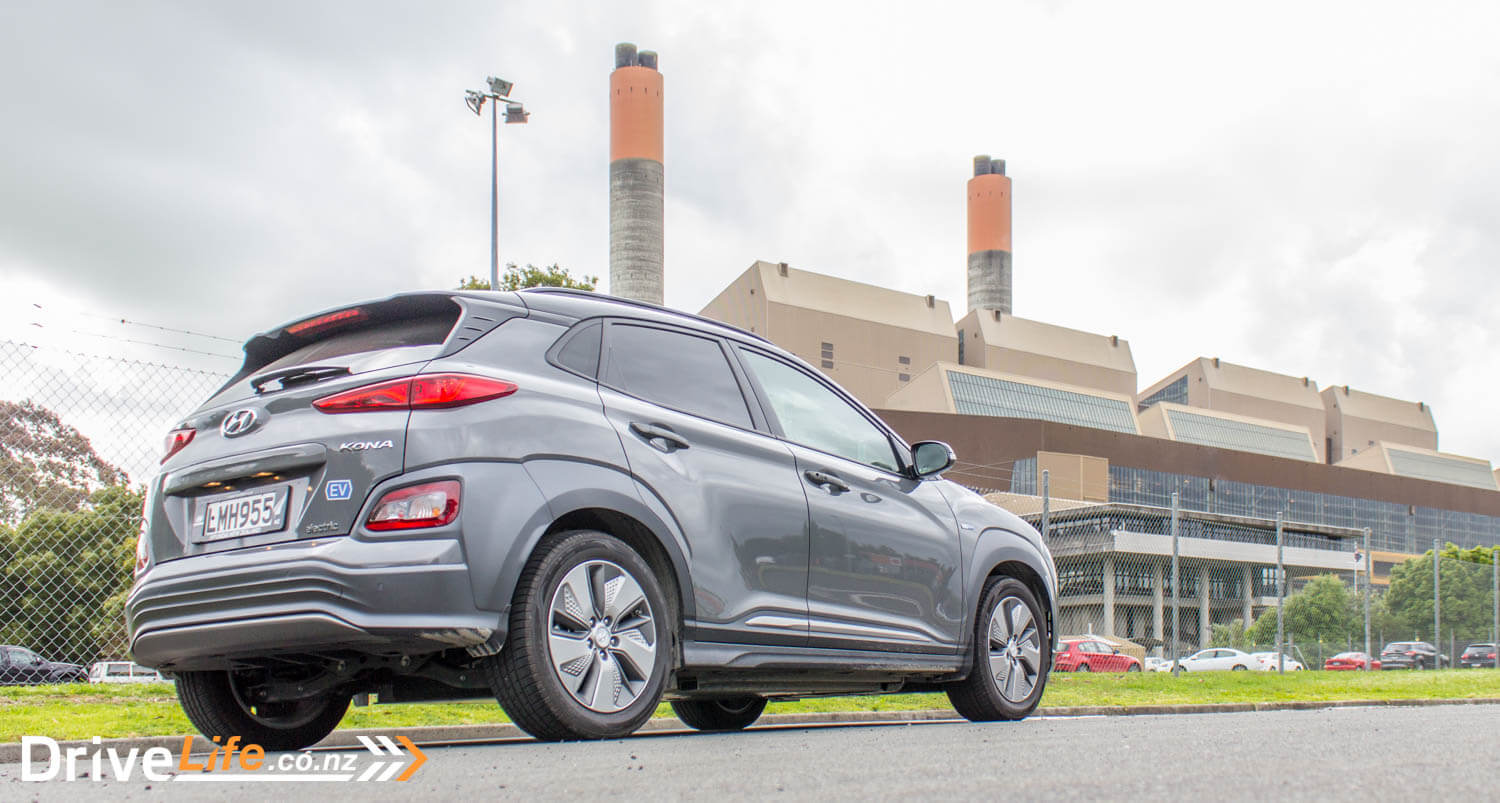
But with higher battery capacities like the Kona EV, is this still an option? What do you do if you need to give your car a decent charge? For example, if the Kona was near-on flat, it’d take over 40 hours to charge it at home.
When charging at home, a good rule of thumb is you get 14km of distance for every hour (2kWH of power), so over a 10-hour nightly charge you’ll get 140km distance for the next day. For most people most days that will be fine and you’d slowly fill the Kona up over 3 or 4 nights, and once it’s charged and you are just driving around town doing the daily stuff, then it’s quite possible you’d just top it up at home and keep it topped up every night or two.
But if you’re travelling or don’t have access to home charging, what are your options to keep the electrons running? Then you’ll need to use one of the many charging stations around the country.
If your significant other gives you an EV for a present, do you go all gooey over it? Or do you smile and then fret about how the hell you are going to charge the thing?
How do you do this? What’s it going to cost? Are there different cables needed? (spoiler alert: sometimes).
Drive Life is here to help you. Following, you will find (we hope) everything you need to know about charging your EV.
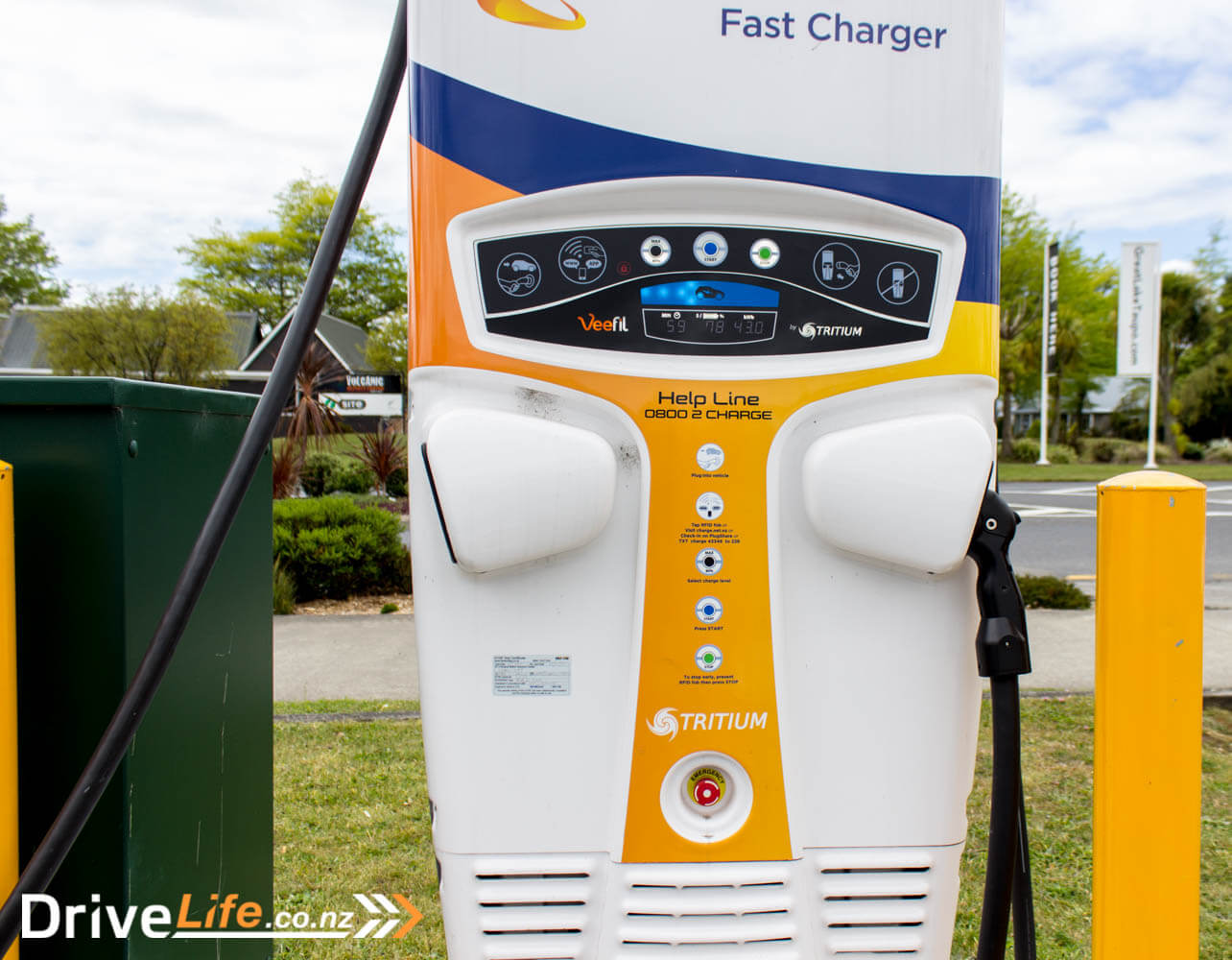
DC vs AC charging
At home, you can plug into the wall socket to charge your EV up, using standard alternating current (AC) power. Your EV then converts this to Direct Current (DC) using an onboard charger and pumps this into your EV’s batteries (which are DC, like all batteries). However, this onboard charger is limited on just how much it can put into your batteries; typically 2-3 kilowatts/hour.
All fast chargers are DC. They bypass the onboard charger and put charge straight into your batteries, at around 50 kilowatts/hour. That’s a huge leap from what you get at home. Compare the Hyundai Kona EV with its 64-kilowatt battery capacity – instantly you can see a fast charger is going to be a whole lot faster.
So the ideal scenario is, if your batteries are really low and you have high-capacity batteries like the Kona, charge up to 80% at a fast charger, then top it up at home. Even if it takes you a few nights at home to get it to 100%, you’ll still have plenty of range in the car for your daily drive. Remembering the rule of thumb that each hour at home is 14km driving or 2kWH of power, so over a few nights you can easily and cheaply recharge any EV.

One more thing to bear in mind is that EV batteries don’t like to be fast charged all the time – it can reduce their life. Ideally you’d only use a fast charger when on a long trip, and use your own home’s power to keep it topped up the rest of the time.
Not all EVs are capable of fast (DC) charging – specifically older, used EVs – so this is something to keep in mind when you are looking to buy used.
Your other option at home is to install your own AC ‘wall charger’, which can give you a lot more charge – up to 22kW. Echarge NZ have a unit you can check out here: www.echarge.co.nz/wall-chargers
eCharge say their Entry Level charger – a Type 2 Outlet pumping out 7.4kW will cost you around $1700 plus GST plus installation.
Their High Level charger – a Type 2 Outlet charging at 22kW and has App control and Wifi will set you back $3400 plus GST plus installation.
These aren’t DC (fast) chargers but you can see they give you a lot more boost than your standard power point.
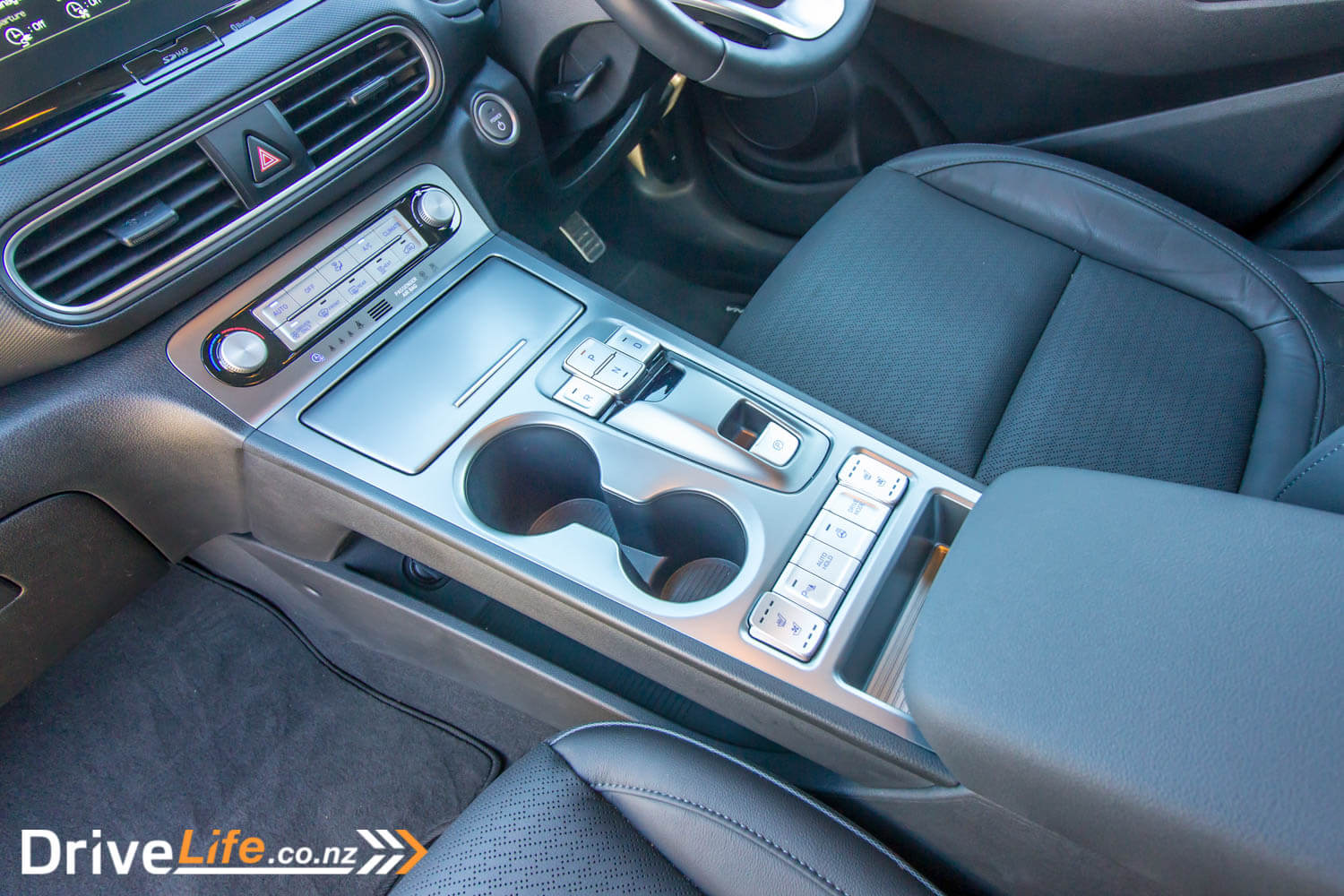
APPs are the Answer
First off, you are going to want two smartphone apps to go about charging anywhere but at your home; PlugShare and ChargeNet.
App 1: PlugShare
PlugShare is a free app which gives you the location of nearly all the free or commercial charging stations around the country – any country.
By using different coloured icons, it can tell you at a glance if the station is a ‘slower’ charger (green icon) or a fast charger (brown icon). By clicking on an icon on the phone app, you can get the cost (if any) what hours it’s open and a description as well as any amenities (like toilets, parking, food).
It also shows you what plugs there are available at that charging station, and any ‘check ins’ – people who have used that charging station recently, and when. This way you can tell if the charging station is already being used.
That’s really handy, but this only works if someone actually does a ‘check in’ at that location when they are using it, and then remembers to check out. We did check ins when we had the Kona EV on review, driving it Wellington to Auckland and back – when we remembered. There’s also a map of the charging location and a physical address for it.
People often take photos at the charging station, so you can get a feel of what it looks like when you are driving along, looking for it. It’s a fantastic resource, and you’d be surprised just how many free charging stations there are. In saying that, most of the free ones are not ‘fast chargers’, but they will give you a boost – especially handy if you are going shopping in the area anyway.
We found the free fast charger at Hampton Downs using the PlugShare app, and it worked perfectly.
App 2: Chargenet NZ
Chargenet NZ is a New Zealand-based company that started up in 2015 to meet the need of charging electric cars. It has many charging stations around the country, over 130 at last count.
Most of theirs are fast chargers, and apparently all are supplied by using renewable energy. Some of their charging stations are partnerships, like a local power company.
Being a commercial company, they need to turn a profit. Most of their own charging stations charge out at 25 cents per kilowatt and an additional 25 cents per minute while charging, some are a flat 40cents/kilowatt, and there are also some free sites.
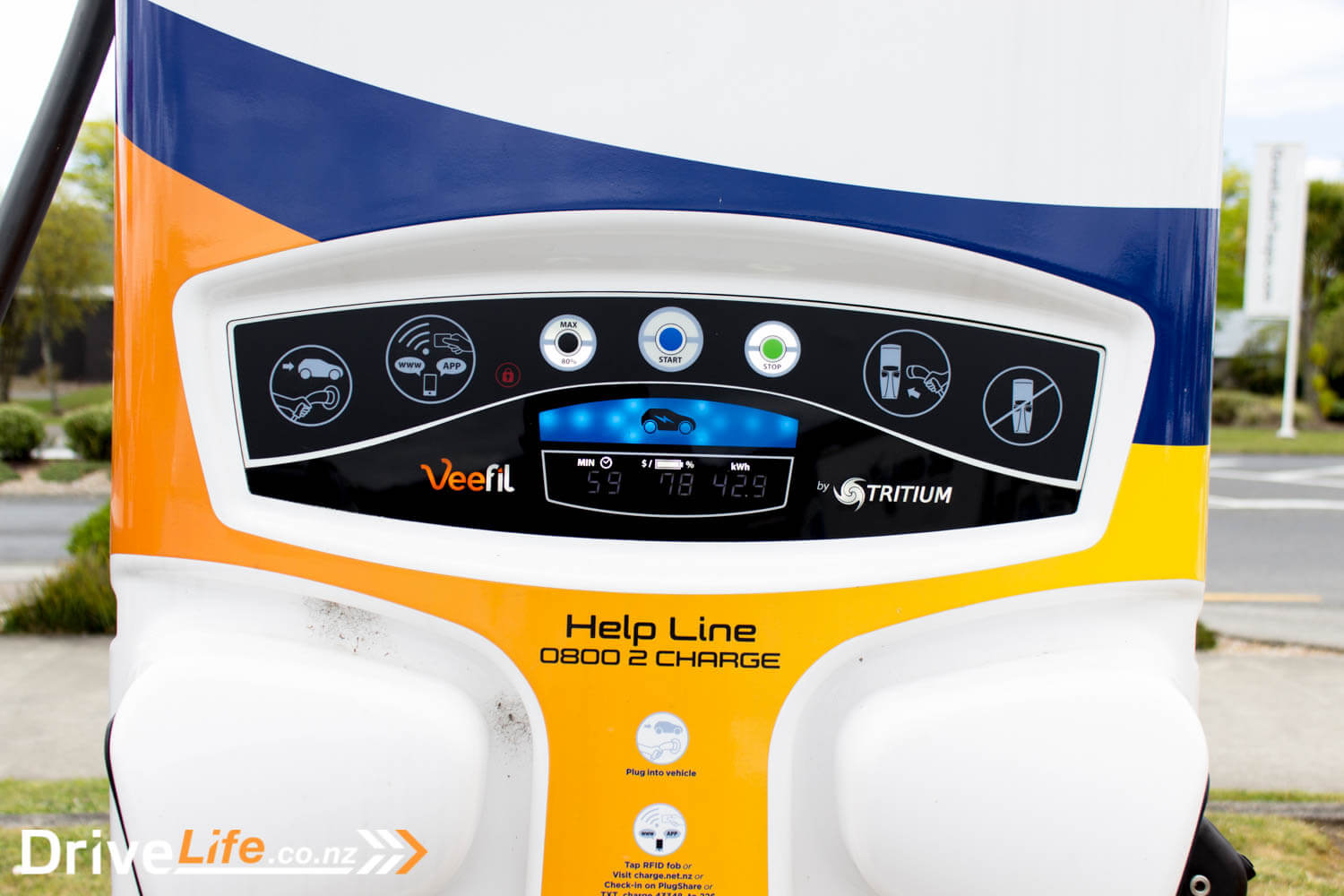
At a ChargeNet fast charger, it takes 50 minutes to get 80% charge into a Kona EV that doesn’t have a lot of range in it. We did this in Turangi, and it cost $26.70. That’s $12.50 for the time it took, and $12.80 for the charge.
To pay for your charge, you simply set up an account with them (online on their website, or using the app), rock up to the charging station, plug in and then kick off the charge using the app. You can also buy an RFID key fob for under $10 including postage from ChargeNet and use that instead of the app. This is handy if your internet coverage on your phone is a bit dodgy wherever it is you are charging up, as using the fob doesn’t require internet access like the cellphone app does.
The great thing with the app is that it shows on the map if the chargers around the country are available (green), being used (orange) or out of action (red). It also shows new chargers under construction on the map (grey).
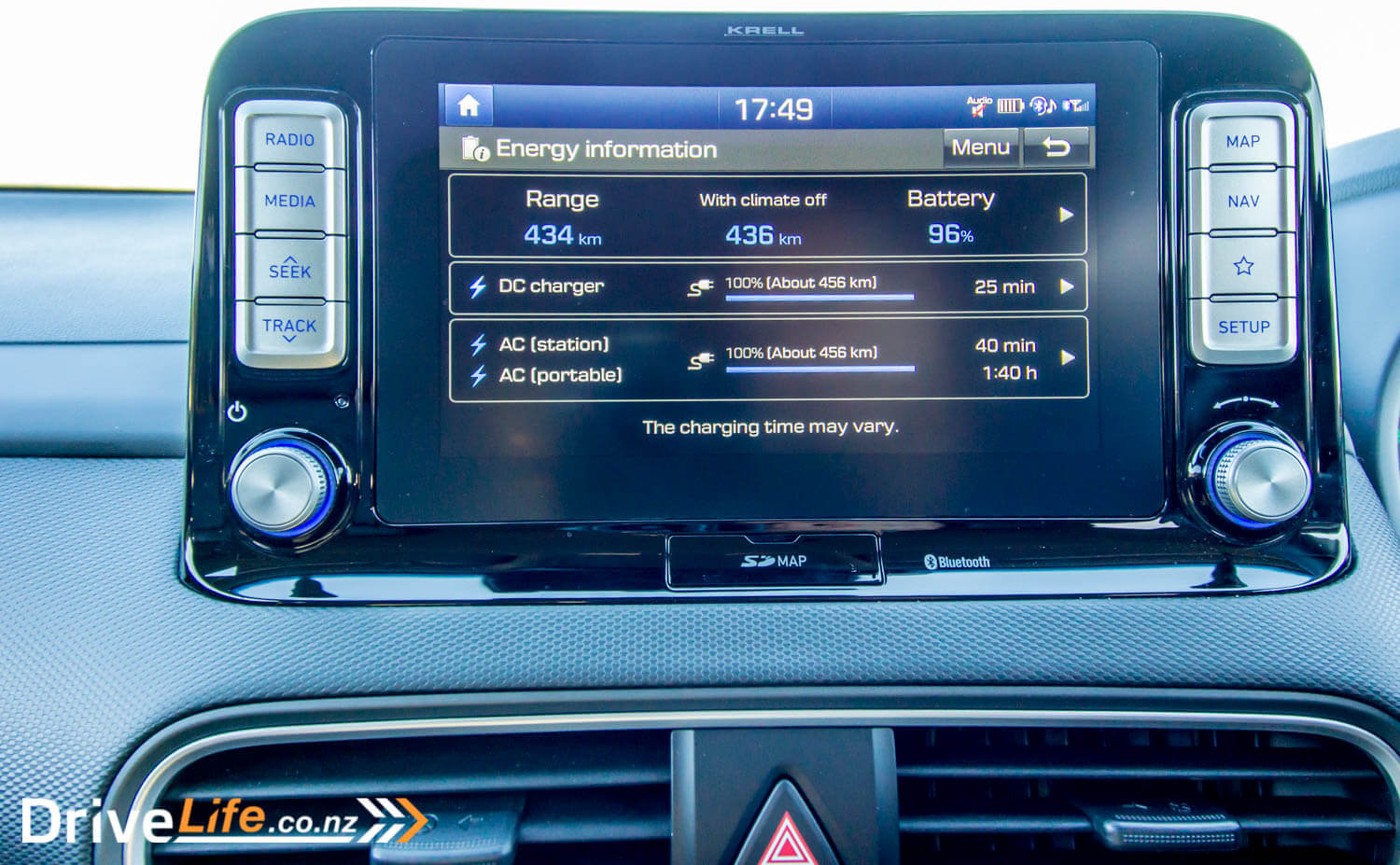
Cables – which one?
For ChargeNet NZ, nearly all of their fast chargers are DC units, but they are starting to install AC units as well. All their DC chargers already have cables connected, so you don’t need to bring your own. They have two types of cable for the DC chargers: CHAdeMO and CCS/SAE.
Don’t let the letters confuse you – find out which your EV needs, and then use the app make sure the charging station you are heading to has this cable type.
The ChargeNet NZ AC chargers use the Type 2 AC plug to connect – and you will need to bring your own to plug in and charge. There’s a huge variation in charging capability for the Type 2 AC chargers – it varies from 3kW right up to 43kW – so it’s getting very close to the 50kW of a DC charger.
Instead of me reinventing the wheel, you can read more about all the cable types on the Chargenet NZ website: https://charge.net.nz/faq/what-cars-are-compatible-2/
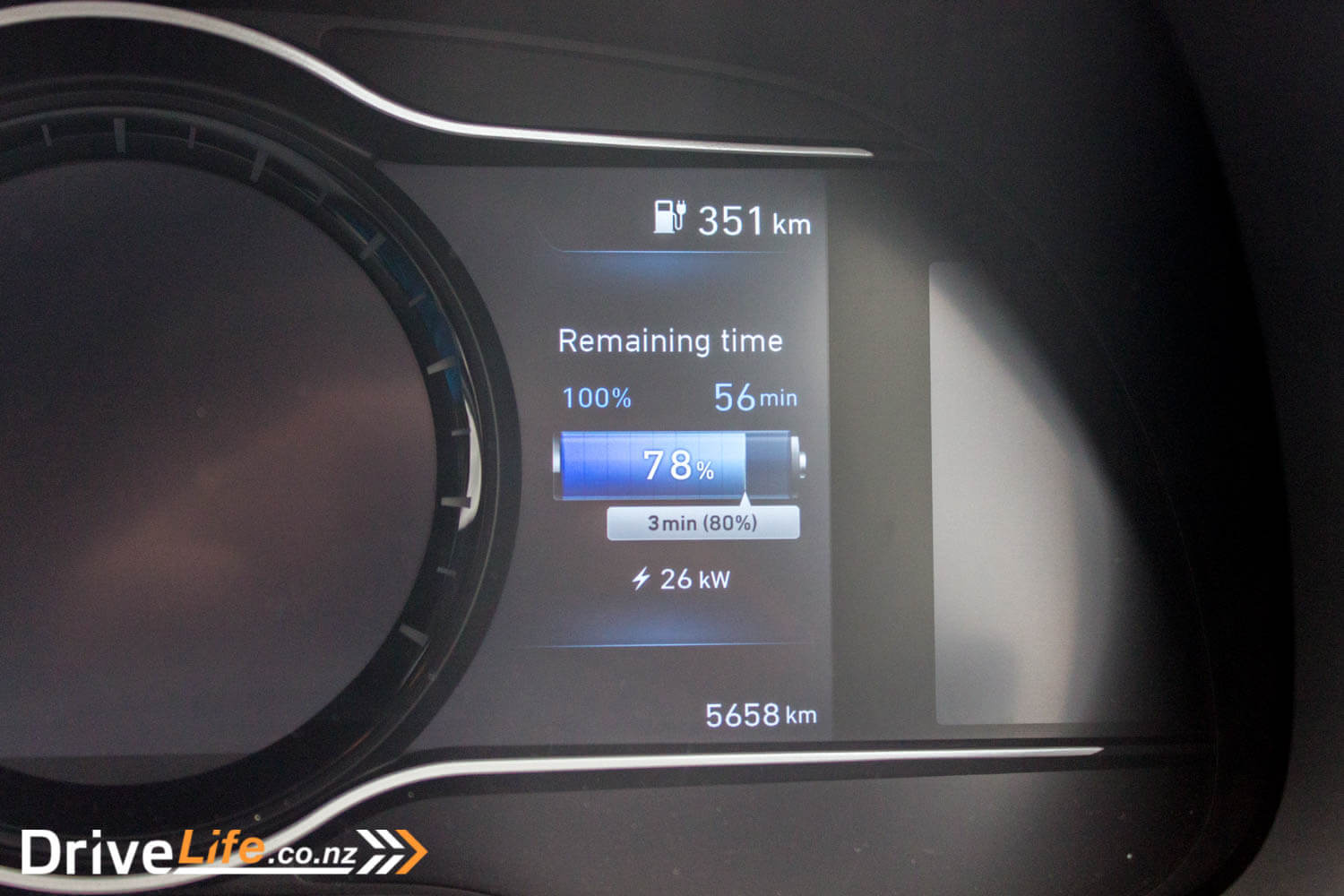
Charging Costs
I’ve gone over the ChargeNet NZ costs if you use one of their stations. But what if you rolled your Kona EV with its 64-kilowatt battery capacity into the garage, and it was absolutely flat?
How much to charge it up? I’m not sure how much you pay, buy my power at home is 21 cents/kilowatt. With a 64-kilowatt battery pack, it’d cost me $13.44 to charge it to full capacity.
Remember this would take me over 40 hours to achieve, but it still stands for the part charge too. So let’s say you haven’t charged for a few days and are down to 75% capacity. That means your battery is down to 45 kilowatts, and you’d need to put back in 16 kilowatts to get you charged up again. So with my power rates, that’s $3.36.
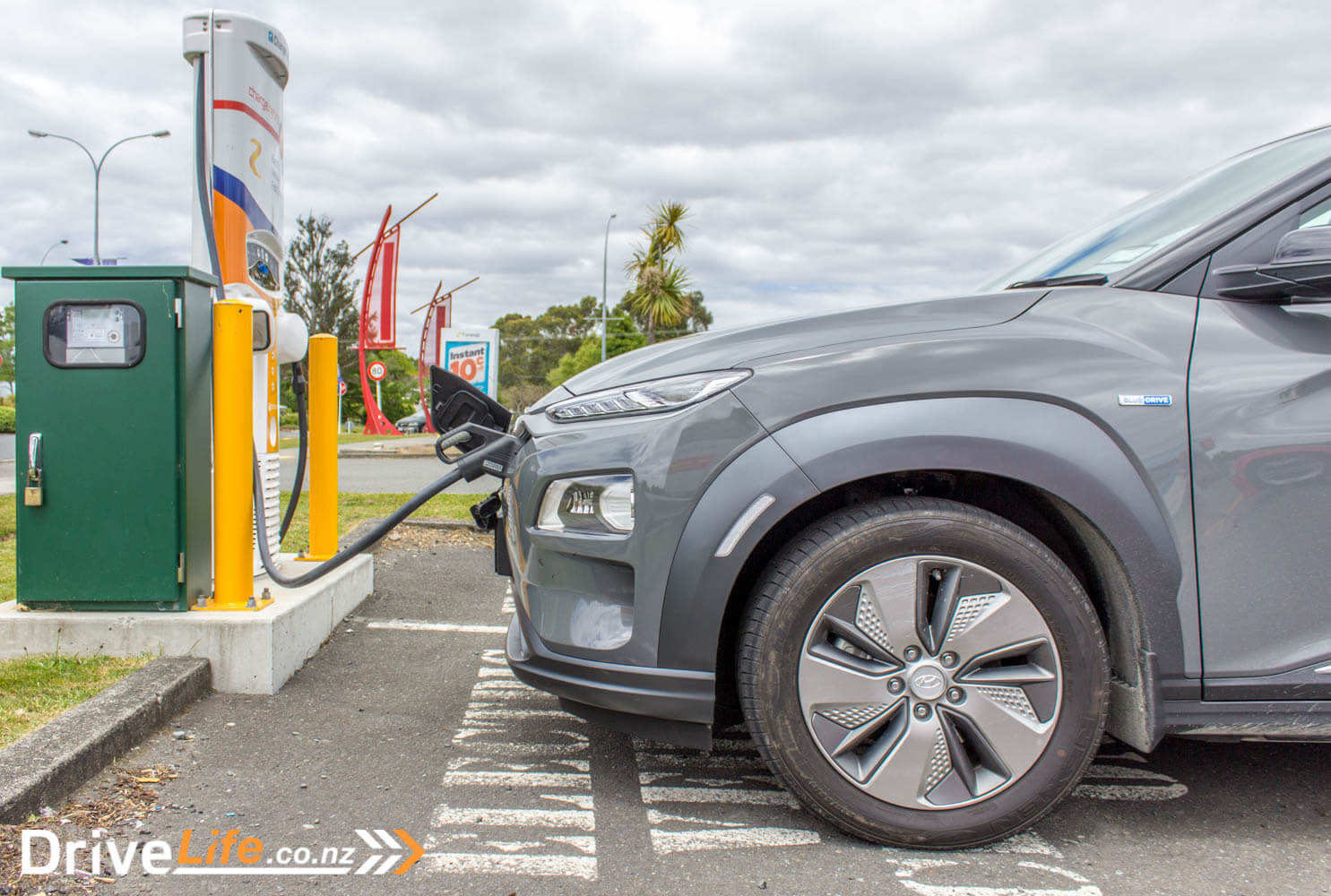
Road User Charges – when?
Currently, there’s no Road User Charges (RUCs) on EVs. There’s been dates thrown about of when this will happen, but the baseline is 2% – so when EVs hit 2% of the national light vehicle fleet, RUCs will kick in. The deadline for this was extended in 2016, to December 2021. We’ve got a huge fleet of cars in New Zealand – around 3.8 million – so this could be years away yet, although I’ve seen 2022 banded about as an approximate year. For me, I don’t see it happening until say 2024 – even with import EVs, we’ve got a long, long way to go to hit that 2% magical number – based on the current fleet, that’s 76,000 EVs.
To January 2019, there are less than 10,000 pure EVs registered in New Zealand (new or used).
EVs are here to stay
And it’s only going to get easier as technology develops.
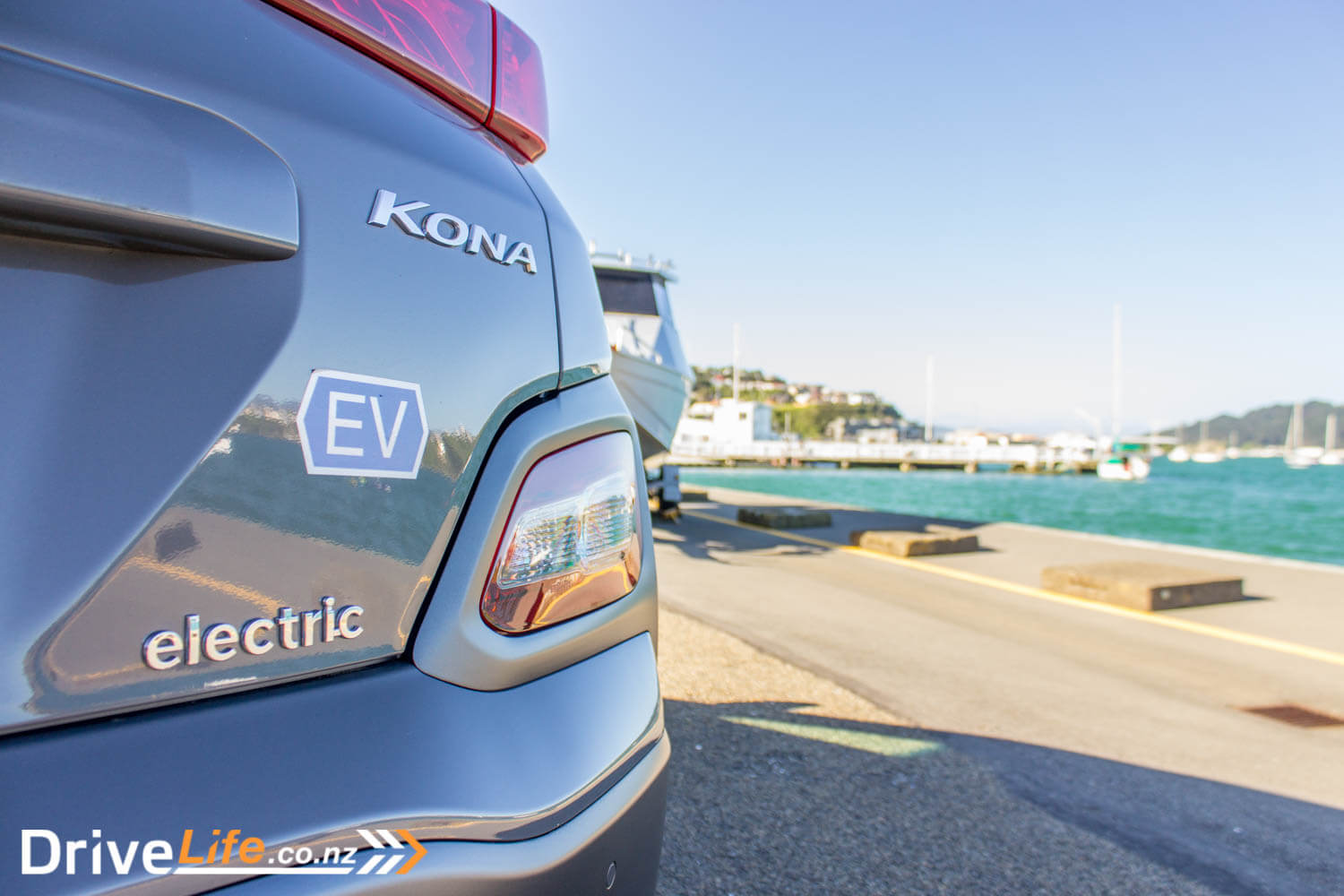


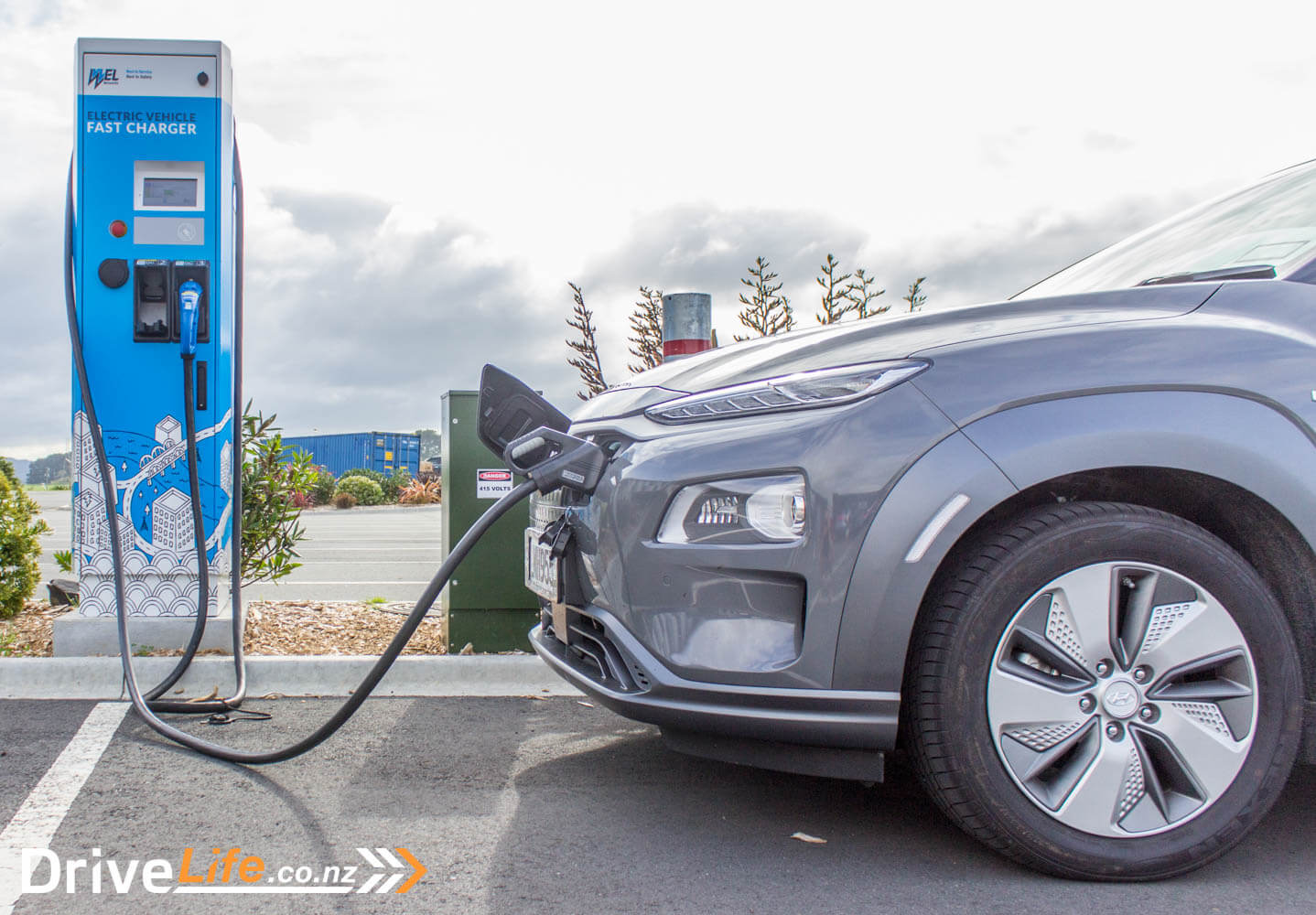


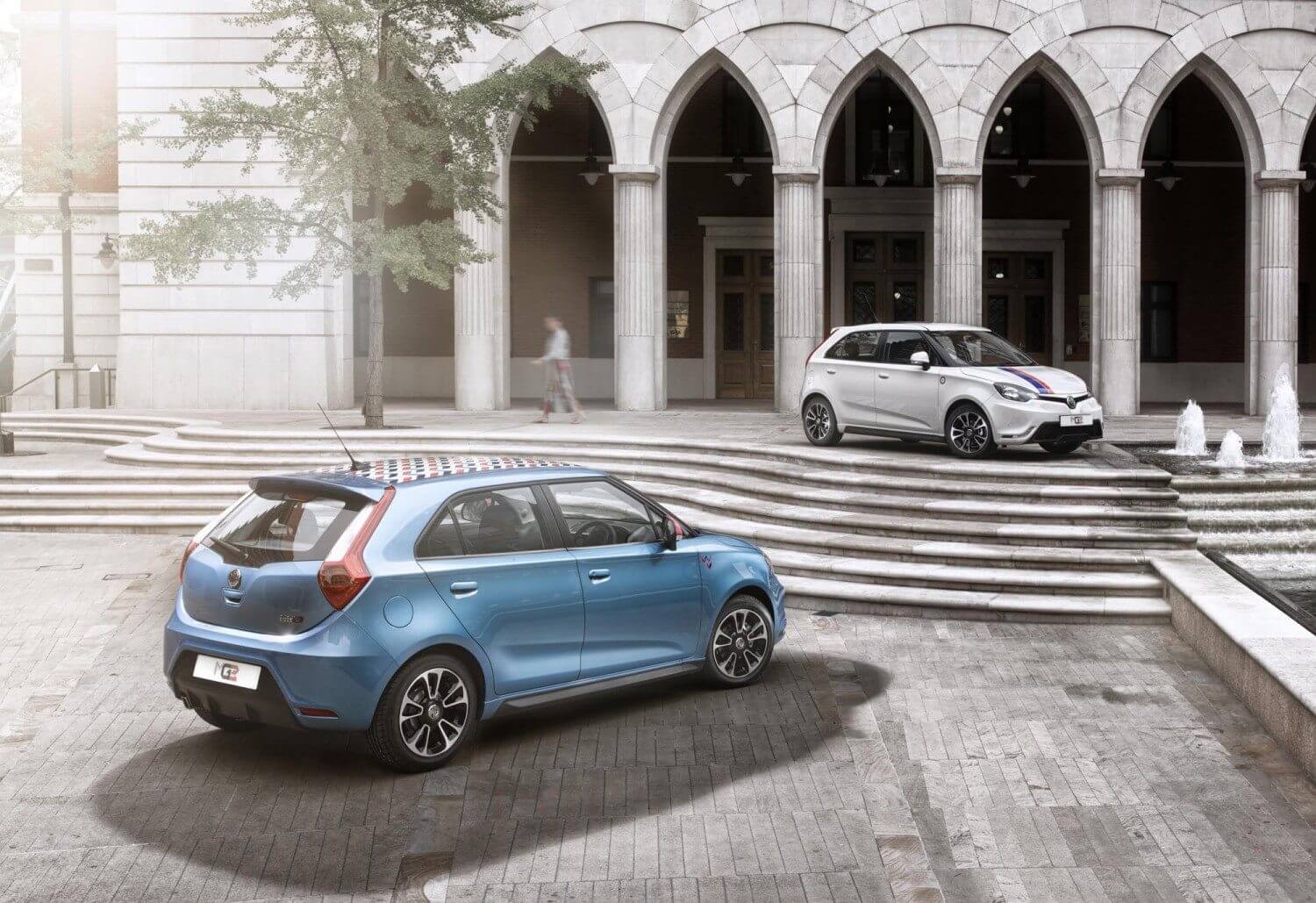








































You write this in your article:
“Your other option at home is to install your own AC ‘wall charger’, which can give you a lot more charge – up to 22kW. Echarge NZ have a unit you can check out here: http://www.echarge.co.nz/wall-chargers”
Note that the Kona will not charge faster than on a 7.2 kW AC wall charger as the inboard charger is 1-phase and not 3-phase. So there is no point investing in a 3-phase/400 V domestic charger as it will be limited by the car itself
HI Erwin.
Thanks for that info. Obviously I didn’t research that part of this article well enough! Great catch.
Cheers
Fred
We got a Caravan plug fitted in the garage to charge our 30kw Nissan leaf and got one of these 16A chargers. Install of the plug was $350 as it was only a short run to the switch board. It worked out cheaper than getting a dedicated wall unit and will now charge overnight. https://smartevchargers.co.nz/shop/plug-in-ev-chargers/16a-ev-charger-blue-caravan-plug/